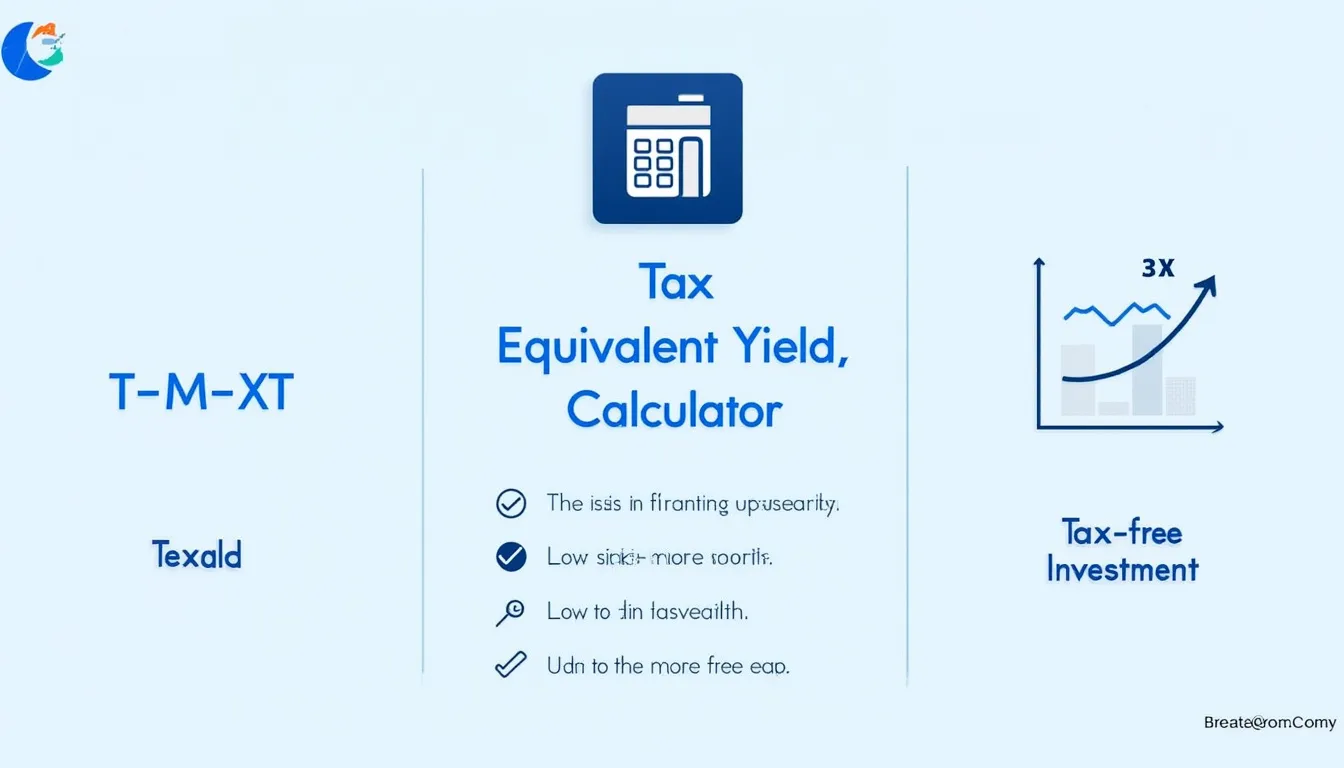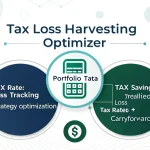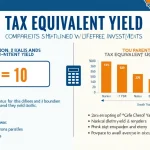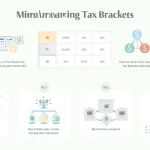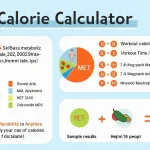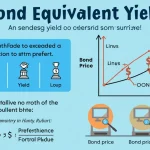Tax Equivalent Yield Calculator
Is this tool helpful?
How to use the tool
- Type your tax-free yield (%)
e.g., 3.10 or 5.80. The field accepts 0-100. - Enter your marginal tax rate (%)
e.g., 18 or 40. Use your highest federal bracket. - Press “Calculate” to view the Tax-Equivalent Yield instantly.
- Compare the TEY with quoted yields on taxable bonds to decide which pays more after taxes.
Underlying formula
$$ \text{TEY}= rac{\text{Tax-Free Yield}}{1-\text{Tax Rate}} $$ (Investopedia, 2024).
Example calculation 1
- Tax-free yield = 3.10 % ⇒ 0.0310
- Tax rate = 18 % ⇒ 0.18
- $$ rac{0.0310}{1-0.18}=0.0378$$ ⇒ 3.78 %
Example calculation 2
- Tax-free yield = 5.00 % ⇒ 0.0500
- Tax rate = 40 % ⇒ 0.40
- $$ rac{0.0500}{1-0.40}=0.0833$$ ⇒ 8.33 %
Quick-Facts
- Formula widely cited by bond analysts (Investopedia, 2024).
- Top U.S. federal bracket: 37 % (IRS, 2023).
- Average AA municipal bond yielded 3.45 % in Jan 2024 (Bloomberg Muni Index, 2024).
- “Interest on most municipal bonds is exempt from federal income tax” (SEC Investor Bulletin, 2023).
FAQ
What is Tax-Equivalent Yield?
Tax-Equivalent Yield is the pretax yield a taxable bond must pay to equal a tax-free bond’s after-tax return (Investopedia, 2024).
Why does my marginal tax rate matter?
Your marginal rate determines how much of a taxable bond’s interest you keep; higher brackets raise TEY (IRS, 2023).
Does the calculator include state taxes?
No. Add state and local rates to the tax input for a comprehensive TEY (SEC, 2023).
When should I recalculate TEY?
Recalculate after income changes, tax law updates, or when comparing new bonds (FINRA Bond Guide, 2023).
Is a higher TEY always better?
Higher TEY shows greater taxable-bond compensation, but also weigh credit risk and liquidity (MSRB, 2022).
How accurate is the formula?
It uses simple arithmetic; accuracy depends solely on correct inputs (Investopedia, 2024).
Can TEY turn negative?
No. A valid tax rate is 0-100 %; the denominator never reaches zero.
What if my tax rate is 0 %?
TEY equals the tax-free yield because no tax erodes taxable interest.
Important Disclaimer
The calculations, results, and content provided by our tools are not guaranteed to be accurate, complete, or reliable. Users are responsible for verifying and interpreting the results. Our content and tools may contain errors, biases, or inconsistencies. Do not enter personal data, sensitive information, or personally identifiable information in our web forms or tools. Such data entry violates our terms of service and may result in unauthorized disclosure to third parties. We reserve the right to save inputs and outputs from our tools for the purposes of error debugging, bias identification, and performance improvement. External companies providing AI models used in our tools may also save and process data in accordance with their own policies. By using our tools, you consent to this data collection and processing. We reserve the right to limit the usage of our tools based on current usability factors.
